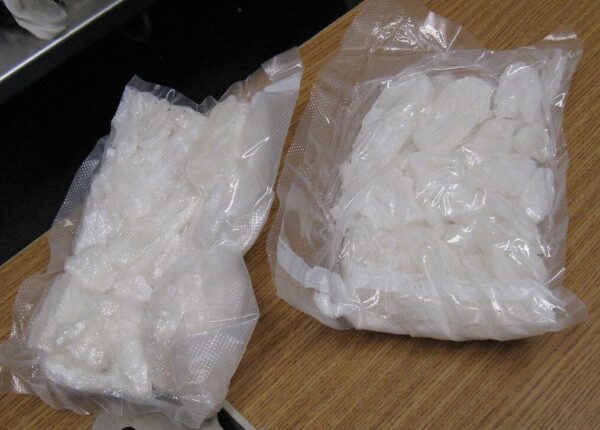Uncategorized
Methamphetamine Crystal Meth in Mississauga
Methamphetamine Crystal Meth in Mississauga : A Deepening Urban Crisis
Methamphetamine Crystal Meth in Mississauga, commonly known as crystal meth, has emerged as a critical public health and safety issue in Mississauga and other major urban centers across Canada. Its low cost, easy availability, and highly addictive nature have contributed to an escalating crisis, particularly impacting marginalized populations and youth. This article explores the legal status of methamphetamine in Canada, the trafficking landscape in Mississauga, its influence on youth culture, and the harm reduction efforts employed in major cities to combat its devastating impact.
Crystal Meth
Achat de 100g Crystal Meth (Methamphetamine) au Canada
Livraison et Qualité garanties à 100 %.
Livraison express disponible en 24 heures.
Numéros de suivi disponibles avec références.
Expédition sécurisée et discrète, délai de livraison : 1 à 3 jours selon la localisation.
Legal Status in Canada
Methamphetamine Crystal Meth in Mississauga is classified as a Schedule I drug under the Controlled Drugs and Substances Act (CDSA). This places it in the same legal category as substances like heroin and cocaine, reflecting its high potential for abuse and the serious health risks it poses. Possession, production, and trafficking of methamphetamine are criminal offenses punishable by significant prison time, with trafficking carrying potential life sentences.
Despite these strict laws, enforcement alone has proven ineffective in stemming the tide of meth-related problems. In Winnipeg, police and health authorities have faced increasing pressure to deal with the growing prevalence of the drug, both in street-level use and in organized trafficking operations.
Trafficking Issues in Mississauga
Winnipeg has become a key node in the Methamphetamine Crystal Meth in Mississauga distribution network across the Prairie provinces. The city’s central location and extensive transportation infrastructure make it a strategic hub for both domestic and international drug trafficking. Meth is often smuggled into Manitoba from the United States or synthesized locally in makeshift laboratories.
Local law enforcement has seized large quantities of crystal meth in recent years, often linked to organized crime groups. These operations utilize a variety of smuggling techniques—concealing drugs in vehicle compartments, using drug mules, or employing courier services. The affordability of meth, often sold for as little as $5–10 per dose, makes it highly attractive to both dealers and users, fueling a cycle of dependency and crime.
Youth Culture and Methamphetamine Crystal Meth in Mississauga Use
Perhaps one of the most alarming aspects of Mississauga meth crisis is its growing presence among young people. Youth in vulnerable situations—particularly those facing homelessness, family breakdown, trauma, or untreated mental health issues—are turning to meth for its temporary euphoric and energizing effects. In some communities, meth use has become normalized or even seen as a survival strategy, especially among street-involved youth.
Teachers, social workers, and community advocates report increasing incidents of meth use in high schools, shelters, and group homes. Once addicted, youth often experience rapid physical and psychological decline, including psychosis, paranoia, and violent behavior. The stigma surrounding meth use further isolates these individuals, making it harder for them to seek help or access support services.
Harm Reduction in Big Cities
Given the complexity and scale of the Methamphetamine Crystal in Mississauga crisis, major Canadian cities—including Winnipeg—have begun shifting toward harm reduction models. These approaches recognize that drug use is often symptomatic of deeper issues such as poverty, trauma, and social isolation, and they aim to reduce the negative impacts rather than solely focusing on criminalization.
Winnipeg-based initiatives include:
- Needle exchange programs to prevent the spread of blood-borne infections.
- Mobile outreach teams, such as Street Connections, providing clean supplies, health information, and overdose prevention services.
- Community health centers that connect users with mental health care, detox facilities, and housing referrals.
While Methamphetamine Crystal Meth does not yet have a supervised consumption site for meth users, similar programs in Vancouver and Toronto have shown promising results, including reduced overdose deaths and improved access to health services. These cities also offer safe supply pilot programs, peer support groups, and housing-first models that help stabilize users and reduce street-level drug activity.
A Path Forward
Tackling the crystal meth crisis in Mississauga—and across Canada—requires a balanced and compassionate approach. Law enforcement plays a crucial role in disrupting trafficking networks, but real progress will depend on investing in public health infrastructure, mental health support, addiction treatment, and community outreach—especially for youth. Collaboration between government, police, healthcare providers, and non-profits is essential to turn the tide on methamphetamine and offer individuals a pathway to recovery and reintegration.

The scope of the problem is daunting, but through coordinated, evidence-based efforts, Methamphetamine Crystal Meth in Mississauga has the potential to become a model for urban response to drug crises in Canada.


